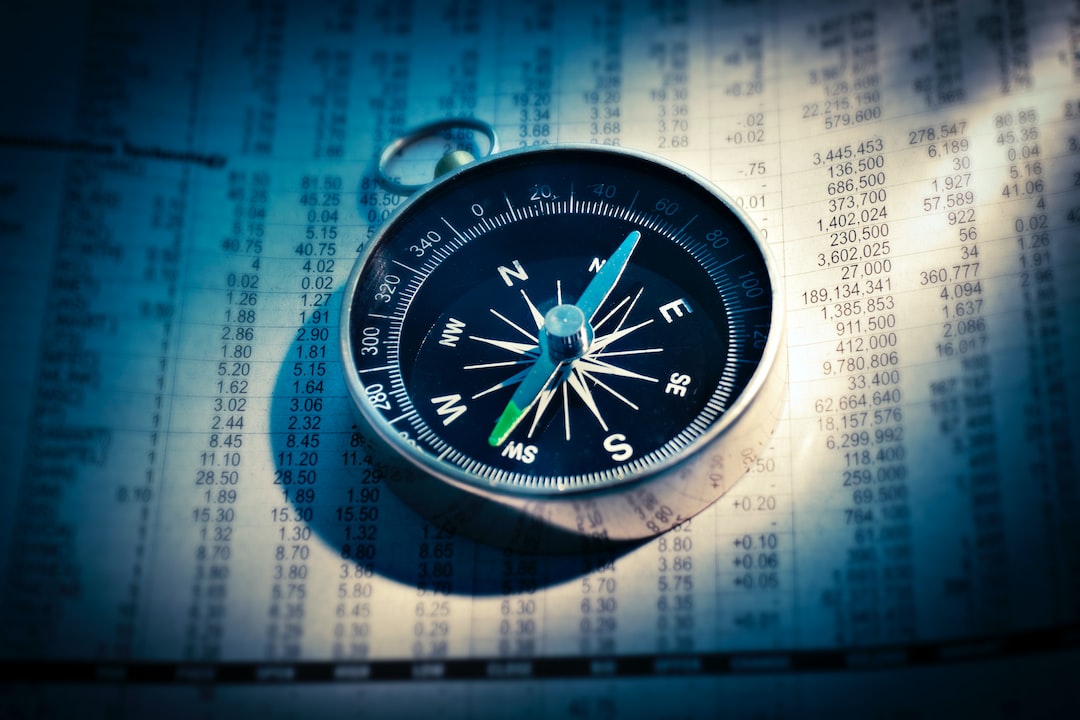Forex trading has become increasingly popular over the years. With the ease of access and technological advancements, more and more people are turning to forex trading as a way to earn profits. However, forex trading can be a risky business, and it takes a lot of skill and knowledge to be successful. That’s where a forex system comes in. A forex system is a set of rules and guidelines that a trader follows to make informed trading decisions. In this article, we’ll explain how to make a forex system.
Step 1: Determine Your Trading Style
The first step in making a forex system is to determine your trading style. There are various trading styles, and each style requires a different approach. For instance, if you’re a day trader, you’ll be making multiple trades in a day and looking for small price movements. On the other hand, if you’re a swing trader, you’ll be holding onto a trade for a few days, looking for larger price movements. Once you’ve determined your trading style, you’ll be able to create a system that suits your needs.
Step 2: Choose Your Indicators
Indicators are tools that help traders analyze the market and make informed decisions. There are various indicators available, and each indicator provides different information about the market. For instance, moving averages help traders identify trends in the market, while oscillators help traders identify overbought and oversold conditions. Choose the indicators that suit your trading style and use them to create a trading strategy.
Step 3: Determine Your Entry and Exit Points
Once you’ve chosen your indicators, you’ll need to determine your entry and exit points. Entry points are the points at which you’ll enter a trade, while exit points are the points at which you’ll exit a trade. Your entry and exit points should be based on your indicators and the analysis of the market. For instance, if your indicator shows that the market is oversold, you may want to enter a long position, and if it shows that the market is overbought, you may want to enter a short position.
Step 4: Create Risk Management Strategies
Forex trading can be risky, and it’s essential to have risk management strategies in place. One of the most common risk management strategies is the use of stop-loss orders. A stop-loss order is an order that automatically closes a trade when the price reaches a certain level. This helps limit your losses and protect your capital. You may also want to consider using trailing stop-loss orders that adjust automatically as the price moves in your favor. Additionally, you can use position sizing to control the amount of money you risk on each trade.
Step 5: Backtest Your System
Once you’ve created your forex system, you’ll need to backtest it. Backtesting involves testing your system using historical data to see how it would have performed in the past. This will give you an idea of how your system will perform in the future. Backtesting can be done manually using a spreadsheet or automated using software.
Step 6: Monitor and Adjust Your System
Forex markets are constantly changing, and it’s essential to monitor and adjust your system regularly. Keep track of your trades and analyze your results. If you find that your system is not performing as expected, make adjustments to your indicators, entry and exit points, and risk management strategies.
Conclusion
Creating a forex system requires a lot of time and effort. However, it’s worth it if you want to be a successful trader. Remember to determine your trading style, choose your indicators, determine your entry and exit points, create risk management strategies, backtest your system, and monitor and adjust your system regularly. With a well-designed forex system, you’ll be able to make informed trading decisions and increase your chances of success.






